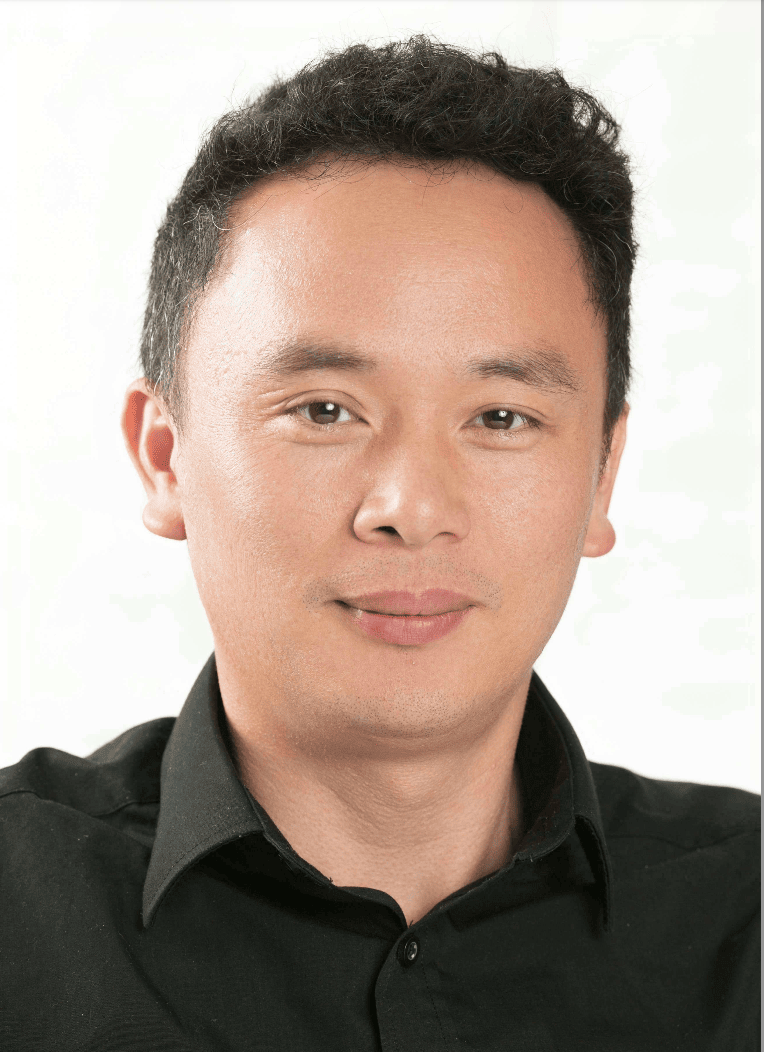Professor Zengbo (James ) Wang
Professor in Imaging and Laser Micromachining

Contact info
Email: z.wang@bangor.ac.uk
Office: Dean Street Building, Bangor University, Room 228
Tel: +44(0) 1248 382696
Fax: +44(0) 1248 362686
Web: https://laserphotonics.uk
Google Scholar: https://scholar.google.co.uk/citations?user=5MBSTZ8AAAAJ&hl=en
Overview
Prof. Zengbo Wang received BSc and MSc degrees in physics from Xiamen University, P.R. China, and a PhD in Electrical and Computer Engineering from National University of Singapore (NUS), Singapore.
He is currently a professor at Bangor University and was a visiting professor at Northeastern University (Boston, USA, 2022-2023). He was awarded 2022 Leverhulme Trust Research Fellowship to explore cutting-edge research on AI/deep-learning assisted microsphere nanoscopy and on-demand photonic design. Before joining Bangor University in 2012, he was a lecturer at the University of Manchester from 2009 to 2012.
His research expertise lies in the fields of laser-based manufacturing, nanophotonics, metamaterials, solar energy, fiber sensors and advanced AI and machine learning, with special focuses on super-resolution microscopy, imaging, sensing, laser micro and nano processing for the industry. He has strong publication and citation records. He is an elected senior member of Optica (2017) and is known as the leading pioneer of microsphere and nanosphere-based superlens technologies. Please visit his team website at https://laserphotonics.uk/
Contact Info
Email: z.wang@bangor.ac.uk
Office: Dean Street Building, Bangor University, Room 228
Tel: +44(0) 1248 382696
Fax: +44(0) 1248 362686
Web: https://laserphotonics.uk
Google Scholar: https://scholar.google.co.uk/citations?user=5MBSTZ8AAAAJ&hl=en
Research
1) Superlens and super-resolution microscopy
James and his team are known for their pioneering works on microsphere and nanoparticle-based dielectric superlens technologies, including ‘microsphere superlens’ and ‘microsphere nanoscope’ (2011, published in Nature Communications), ’spider silk superlens’ (2016, Nano Letters) and ’nanoparticle superlens’ (2016, Science Advances). All these works were widely publicised and appeared in major media including BBC, New York Times, Daily Mail, Independent, Australian BC, China Xinhua and a huge number of science and engineering websites, as well as in RCUK’s ’50 big ideas for the future’. These works were featured in the 2023 seminal article “Roadmap on Label-Free Super-resolution Imaging” published in Laser Photonics Reviews.
James is the 2016 finalist for ‘Research Excellence Award’ and ‘Dissertation/thesis supervisor of the year’ of Bangor University. He was also selected as a member of 2015 Welsh Crucible cohort (group of young Wales-based leaders in academia, industry and business). He received Most Outstanding R&D Staff Merit Award in 2005 for his contribution in laser cleaning at DSI Singapore.
The latest nanoparticle superlens developed by James and his team is one of the most powerful superlens in the field at present. Compared to other superlenses, Bangor’s superlens produces shaper and better-quality images of super-resolved nanoscale features, including for example 50-nm standard polystyrene nanoparticles, 45-nm gaps in semiconductor chips and 90-100 nm adenoviruses.
2) Laser-based manufacturing and processing
The team perform research into laser cutting, welding, drilling, texturing, marking, cleaning, polishing, and others (e.g. laser improvement of seed germination and yield) for various industrial applications. The team hosts a wide range of laser facilities at Bangor, including nanosecond fibre and UV lasers, high-power high repetition rate femtosecond laser (Jasper 30W, 4 wavelengths) and CO2 lasers. Various other characterisation/nano-manfacuturing tools including advanced 3D laser scanning microscopes (Olympus OLS5000 and DSX1000), and environmental scanning electron microscope (E-SEM) with integrated E-beam Lithography (EBL), are also available for the precise measurement, nano-manufacturing and characterisation puroposes. The research was supported by major pan-wales project “Centre for Photonics Expertise (CPE)” which supports welsh industry (all sectors including electronics, optics, aerospace, automotive, energy, nuclear, etc.) in developing new products, process and services. We have been working with companies including Qioptiq, TataSteel, Welsh Slates, Trascend Packaging, among others. The team has developed very unique capability in direct laser nano marking using specially developed superlens with sub-100 nm resolution.
3) Fiber-based optical and quantum sensing
- Novel surface-functionalized FBG/LPG sensors.
- Ultrasensitive cell vibration detection (picometer scale vibration)
- Optical fiber trapping, imaging, sensing
- Quantum sensing
4) Shift-free anti-laser metamaterial filters:
The team are among the few groups who have successfully developed new metamaterial-based, shift-free, wide-angle, narrowband filters for anti laser striking application and working towards new application in underwater optical communications.
5) Solar cell:
- Novel laser trapping nanostrucuters and metasurface for high efficiency solar cell;
- solar-driven nanoparticle synthesis and water splitting
- Nanophotonics and plasmonics in perovskite solar cells
- Advanced laser manufacturing technology for solar cell
6) AI and Deep learning in photonics design, imaging and manufacturing
- On-demand photonic inverse design
- Machine learning driving super-resolution imaging
- AI and ML driven advanced manufacturing
- Advanced imaging with AI and ML
- Intelligent robotic manufacturing
Research outputs (77)
- Published
Detection of picometer scale vibration based on the microsphere near-field probe
Research output: Contribution to journal › Article › peer-review
- Published
Microsphere-assisted super-resolution polarized light microscopy for polarization-sensitive materials
Research output: Contribution to journal › Article › peer-review
- Published
Dielectric microparticles for enhanced optical imaging: an FDTD analysis of contrast and resolution
Research output: Contribution to journal › Article › peer-review
Prof. activities and awards (10)
Leverhulme Trust Research Fellowship
Activity: Other › Types of Award - Fellowship awarded competitively
National Eisteddfod 2022
Activity: Participating in or organising an event › Participation in Academic workshop, seminar, course
Accolades (7)
Leverhulme Trust Research Fellowship
Prize: Fellowship awarded competitively
1st prize, Royal Academy of Engineering Regional Lecture and Early Career Researcher Engineering Showcase Poster competition
Prize: Prize (including medals and awards)
Most Outstanding R&D Staff Merit Award
Prize: Prize (including medals and awards)
Projects (14)
KESS II MRes with Lightfuture Ltd- BUK2216
Project: Research
Media coverage (2)
Equipment ()
Femtosecond Laser
Facility/Equipment: Equipment
3-D Digital Microscope
Facility/Equipment: Equipment
UV Laser
Facility/Equipment: Equipment

